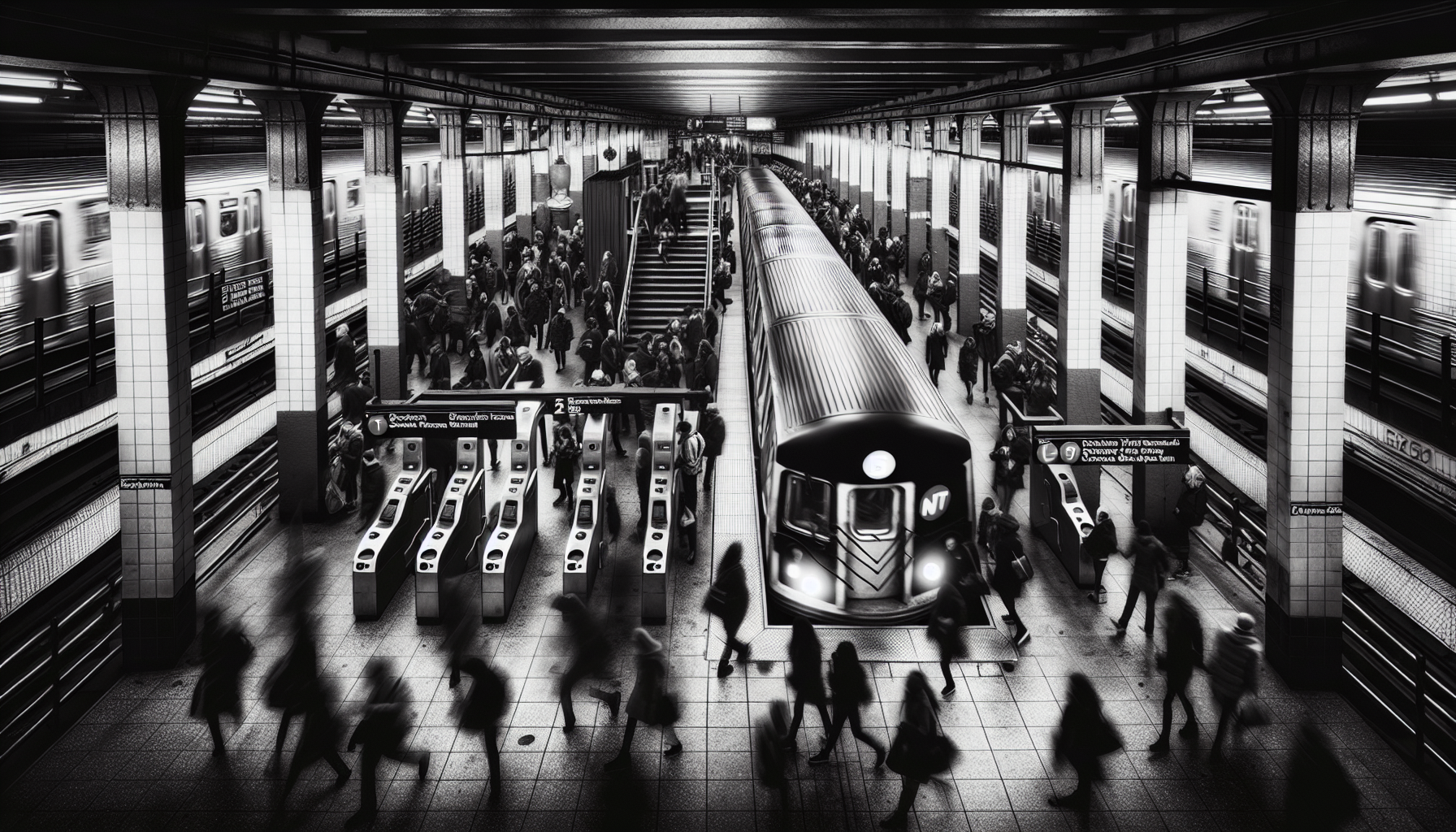Consider a world without traffic jams, pollution, or the chaos of surface-level transportation. It’s not science fiction – it’s your local subway system. Subways are an integral part of urban life in many cities around the globe, offering a convenient, efficient, and eco-friendly mode of transportation. From New York’s iconic subway system to London’s historic Underground, these underground marvels represent a fascinating intersection of engineering, urban planning, and societal evolution.
At a basic level, subways consist of a network of underground railways designed to connect different areas of a city.
They are engineered to overcome geographical challenges, tunneling beneath rivers, mountains, and buildings to provide rapid transit options for millions of people. Subways are not just modes of transport, they are also extraordinary feats of engineering and testament to human ingenuity.
Subways have a significant impact on urban development.
They allow cities to expand vertically rather than horizontally, reducing urban sprawl. This concentrated growth leads to increased population densities, more efficient use of resources, and ultimately, more sustainable cities. Moreover, subways can also stimulate economic growth, connecting people to job opportunities, educational institutions, and cultural attractions that might otherwise be inaccessible.
From an environmental perspective, subways stand as a green mode of transportation. As they run on electricity, they produce fewer emissions compared to vehicles that run on fossil fuels. By reducing the dependency on private cars and buses, subways contribute to a significant reduction in air pollution and carbon footprint. Furthermore, they help in decreasing noise pollution – a growing urban concern.
The social impact of subways is also noteworthy.
Subways are a great social equalizer, providing affordable public transportation to people from all walks of life. They bring people together, fostering an unexpected sense of community. The cultural impact is evident too. Subway stations often double as art galleries, showcasing murals, sculptures, and installations that reflect the city’s culture and history.
Subway systems worldwide are currently undergoing remarkable transformations. Innovations in technology are making subways smarter, safer, and more efficient. Advanced signaling systems, AI-powered surveillance, contactless payment methods, and real-time information systems are revolutionizing the subway experience for riders.
These advancements aim to enhance the convenience and accessibility of subway systems, and they have been successful in doing so.
However, managing and maintaining a subway system is not without challenges. These include dealing with aging infrastructure, overcrowding, security concerns, and funding issues.

Cities are finding innovative solutions to these problems, from public-private partnerships for funding to smart technologies for better management.
Despite these challenges, the importance of subways in the urban landscape is undeniable. They provide a solution to some of the most pressing problems modern cities face, from congestion to environmental degradation. Subways are much more than just a transportation system – they are a testament to human innovation, a catalyst for urban development, and a reflection of the social, cultural, and environmental aspirations of a city.